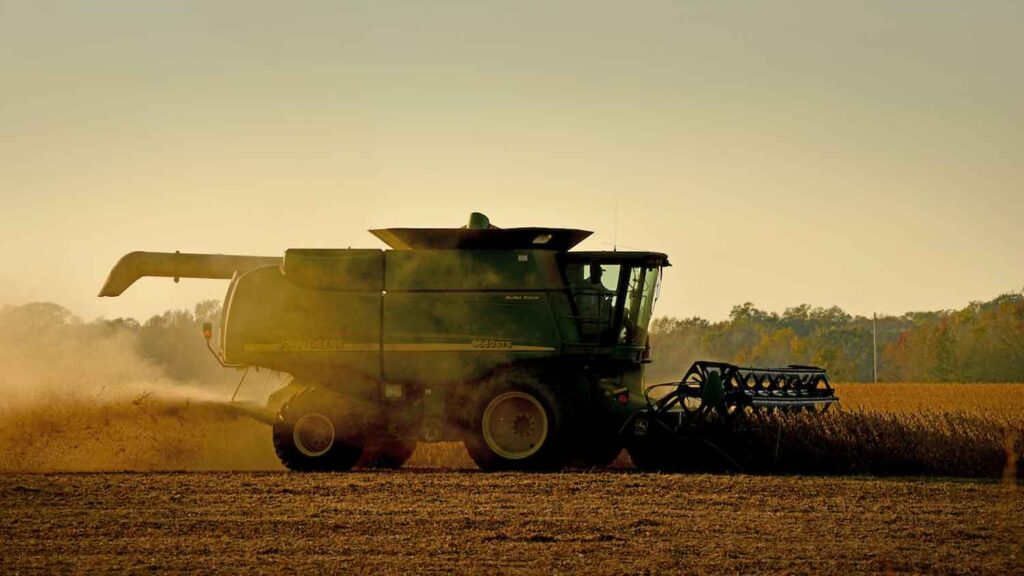Forage Budgets

Enterprise budgets are intended to provide guidelines only. They should be used to guide the development of specific budgets for a specific farm situation. They are not intended to be used “as is” without being modified. Budgets are developed by NCSU extension specialists to reflect a fairly typical farm situation, assuming somewhat above average performance and normal growing conditions.
However, on a specific farm soil quality may be above or below average, which affects yields. Different technology or equipment may be used or input costs may be different, for example, because of different pest problems or because poultry litter is available to replace purchased commercial fertilizers.
Machinery Costs
It is not possible to update budgets every year with current university resources and prices vary from year to year and place to place. Also, note that machinery costs are based on new equipment prices for the year in which the budget was developed. Used equipment has lower ownership costs (depreciation, interest on investment, tax, insurance) but has higher annual repair and maintenance costs.
Labor Costs
Labor costs depend on the farm situation. Some activities may require extra hired labor with the associated additional expense. On another farm these same activities might use existing hired farm labor that is under-employed, resulting in no additional out-of-pocket expense. On yet another farm the activity might be performed by the owner. In this latter case, we recommend including a labor charge to reflect one of the following; the cost of hiring someone to perform the work, the minimum return the owner wants for his time, or the value of his or her in some other activity, including leisure. In economic terminology this is an attempt to measure the opportunity cost of the owner’s labor.
Other Resources
Enterprise budgets from other states and agencies can be located through the national USDA Risk Management Agency website. This is a searchable budget database.
“Estimating Farm Machinery Costs,” Ag Decision Maker A3-29, Iowa State University, University Extension, April 2002 is a useful publication explaining machinery costs.
Forage Budgets (PDF)
- Hay Harvest Costs, Conventional Square Bales (PDF)
- Hay Harvest Costs, Large Round Bales (1,000 pound) (PDF)
- Hay Production and Storage (PDF)
- Hybrid Bermuda Grass Establishment (PDF)
- Hybrid Bermuda Grass for Hay, Large Round Bales: Annual (PDF)
- Hybrid Bermuda Grass for Pasture: Annual (PDF)
- Cool Season Perennial Grasses: Establishment (PDF)
- Cool Season Perennial Grasses for Pasture: Annual (PDF)
- Ladino Clover-Cool Season Grass or Pasture: Establishment (PDF)
- Ladino Clover-Cool Season Grass for Pasture: Annual (PDF)
- Switch Grass for Biomass: Establishment (PDF)
- Switch Grass for Biomass: Annual (PDF)
- Switch Grass for Hay and Pasture: Establishment (PDF)
- Switch Grass for Hay and Pasture: Annual (PDF)
- Bluegrass-White Clover Pasture (Mountains) (PDF)
- Small Grain for Silage (PDF)
- Pearl Millet or Sorghum-Sudan for Temporary Pasture (PDF)
- Winter Annual Rye for Temporary Pasture (PDF)
- Corn for Silage (PDF)
Forage Budgets (Excel)
- READ ME FIRST – Introduction to spreadsheet forage budgets
- Hay Harvest Costs, Conventional Square Bales (XLS)
- Hay Harvest Costs, Large Round Bales (1,000 pound)(XLS)
- Hay Production and Storage (XLS)
- Hybrid Bermuda Grass includes Establishment budget, Annual Hay budget and Annual Pasture budget (XLS)
- Cool Season Perennial Grasses includes Establishment budget and Annual Pasture budget (XLS)
- Ladino Clover-Cool Season Grass includes Establishment budget and Annual Pasture budget (XLS)
- Switch Grass for Biomass includes Establishment budget and Annual budget (XLS)
- Switch Grass for Hay and Pasture includes Establishment budget and Annual budget (XLS)
- Bluegrass-White Clover Pasture (Mountains) (XLS)
- Small Grain for Silage (XLS)
- Pearl Millet or Sorghum-Sudan for Temporary Pasture (XLS)
- Cereal Rye or Annual Ryegrass for Temporary Pasture (XLS)
- Corn for Silage (XLS)